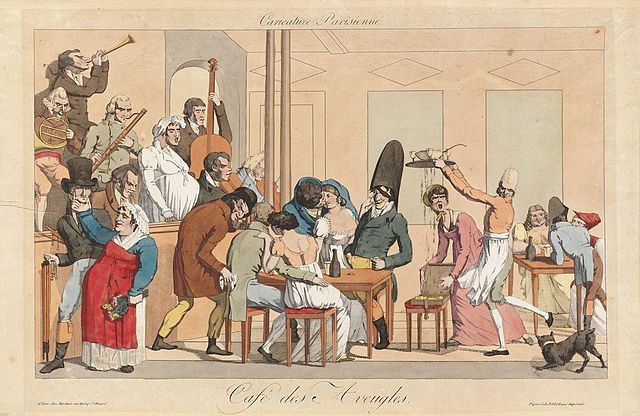Popular Music
IMS Study Group

Mission Statement
Until the end of the 18th century, popular music coexisted with classical music, sharing spaces, instruments, genres, and even musicians. However, in the 19th century, these two musical practices began to diverge significantly, especially with the emergence of a thriving entertainment industry. This separation became even more pronounced with the introduction of recorded sound in the late 19th century.
Musicology largely overlooked popular music, which composers like Schumann had dismissed as trivial, and often labeled as commercial, fashionable, or juvenile—terms that served to undermine its value. However, with the emergence of a generation of researchers who experienced the impact of rock music and the folk revival of the 1960s in their youth, a phenomenon known as “scholar fans” arose. This group sparked an interest in studying music from a musicological perspective in the 1970s, a practice that the social sciences and humanities had already been engaging in. Fifty years later, “popular musicologists” (Hawkins 1996; González 2001) established this SG within the International Musicological Society, the oldest musicological society in the world.
Recognizing that popular music has multiple meanings in different languages, we want to emphasize a meaning tied to a massive, mediatized, and modernizing music. Therefore urban. This music presents new theoretical and methodological challenges to the discipline, which are particularly relevant to its repertoires, media, practices, and mediations. The first challenge arises from the evolution of popular music throughout the 20th century, closely linked to the phonographic industry (Morton, 2004). This relationship has resulted in a repertoire that is preserved and transmitted through recorded media, where the recorded track serves to fix the song, much like a musical score (Frith and Zagorski-Thomas, 2012; Moylan, 2020). Consequently, there is an emerging need to study the creative processes that take place within the recording studio (Granata, 2003; Di Cione, 2009).
In the creation of this track, multiple author-producers can be involved—sometimes up to ten in contemporary pop music—with the recorded performance being a crucial element of the final aesthetic product. The performative authorship of the song is based on two key concepts: vocality (“Dossier Voces y vocalidades en música popular,” Contrapulso, 3/2 2021) and musical personae (Auslander 2008). Each specific version of a song influences how music resonates with listeners, rather than relying solely on an “original” or reference version (López Cano 2011). What constitutes the “original” can vary depending on an individual’s listening perspective. The relationship between the various versions of a song invites us to explore the concept of covers and the social biography of songs (Mendivil 2013). In this context, factors such as vocality, musical persona, and arrangement will aesthetically modify the reference version.
The music industry has been thoroughly examined in all its aspects and historical stages in popular music studies, from late eighteenth-century sheet music to today’s streaming era. This exploration includes live music broadcasting, as well as music presented on the radio, film, and television. We are also interested in the phenomenon of fandom; never before in music history has it been possible to study the audience through their interactions on social media (Duffett 2015; Nowak 2016).
In addition to the multiple authorship of popular songs, there is a visual aspect associated with this music. This iconographic study extends from the album cover (Barra Cobo, 2023) to the music video (“Dossier Watching Music: Cultures du Clip Musical”, Volume!, Recherches sur les Musiques Populaires, 14/2, 2018), both of which generate meanings that interact with the song. The various media converging in popular music demand the development of multimedia approaches for its study (González 2023). Furthermore, the strong interaction between genres, repertoires, and artists in this music creates layers of meaning that can be examined through musematic analysis (Tagg 2003), with an audience that is highly attuned to these complexities.
Popular music requires the development of its own music theory. While the formulation of this theory has primarily been influenced by rock music (Moore 2003; Madoery 2021), it has also expanded to include pop music (“Taking Taylor Seriously”, Contemporary Music Review, 40/1 2021) and popular songs in general (Fabbri 2007). However, our focus will extend beyond just the theoretical and stylistic aspects of popular music; we will also explore the relationships between music, sound, and performance, as well as their connections to history, culture, and society. Through this study group, we aim to foster dialogue among musicologists from around the world who are interested in the study of urban popular music, both in the present and throughout history.

IMS Study Group “Popular Music”
E-mail: popularmusic@musicology.org